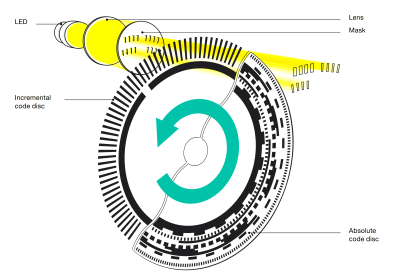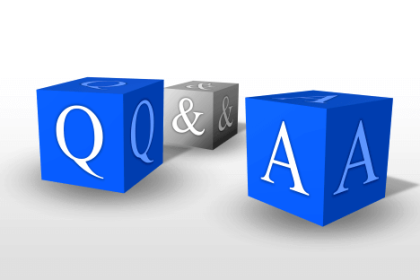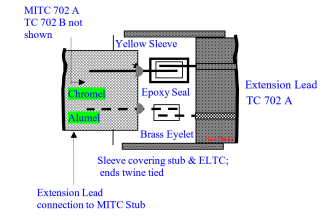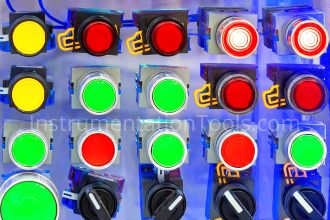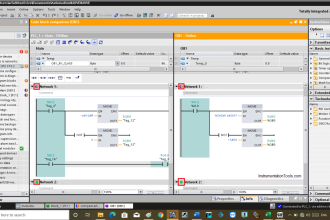- Pin insulators
- Post insulators
- Strain insulators
- Suspension insulators
- Hallow apparatus insulators
- Dead-end insulators
- Solid core insulators
What is creepage distance?
What is Basic Impulse Level (BIL)?
What are the disadvantages of corona?
- Corona causes power loss
- Corona causes unacceptable noise
- Corona cause radio interference
What is the significance of Corona rings in substations?
- Field distribution is made uniform
- Surface stress is reduced to much lower value
- Corona discharge is eliminated
- Dust deposition is also minimized
What is the neutral point earthing and its advantages?
- Earth fault protection is based on the method of neutral grounding
- The system voltage during earth faults depends on the neutral grounding. During line to ground faults, grounding of neutral helps to reduce the over-voltages which occur on the onehealthy phases.
What are the different substation components ?
Circuit Breakers, Disconnecting switches, Grounding switches, Current Transformers, Potential Transformers or Capacitor voltage Transformers, Line Traps, Lightning Arrestors, Power Transformers, Shunt Reactors, Current limiting reactors, Station Buses and Insulators, Grounding system, Series capacitors and shunt capacitors.
What are different types of busbar arrangement Schemes in Substations?
Different switching schemes or busbar arrangement scheme employed in switch-yard are:
- Single Bus Scheme
- Double bus single breaker scheme
- Main and Transfer busbar scheme
- Double bus single breaker scheme
- Breaker and half scheme
- Ring main bus scheme
Which type of bus arrangement is costlier and more reliable?
One and half breaker scheme is most reliable and costlier scheme. In one and half breaker scheme 3 circuit breakers are provided for 2 bus-bars. Hence the name is coined as One and half breaker scheme
For distribution network which type of Switching scheme is employed?
For distribution network Ring Main busbar scheme is employed. It has the provision that if power interruption occurs to one bus section due to maintenance or fault, power can be fed the bus from other side of the power system.
Factors on which material of station busbar depends?
Some of the factors on which station busbar depends are:
- Current Carrying capacity
- Short Circuit Stresses
- Establishing minimum electrical clearances
What are the different electrical clearances in Substation?
Ground Clearance: This is the minimum distance between any live conductor and the earth or ground.
Phase Clearance: It is the clearance between the different phases in a circuit or same phases in different circuits
Sectional Clearance: This is the minimum clearance between the live conductor and the limits of work, where spacial clearance is related to the safety of the operating personnel. The limits of work section may be ground or the platform on which the person is working.
Why EHV busbars are hallowed and circular?
To avoid corona effect.
What are different Bus bar materials used in Substation?
Busbars are generally made of copper and Aluminum. Aluminim has the advantage of one third the weight of the copper and also Aluminum requires less maintenance and proper use of alloys provide necessary rigidity required for bus material. Aluminum is used widely in EHV and HV stations
What is the first equipment of the substation connected to the incoming transmission line?
Lightning arrestor is the first equipment of the substation connecting the incoming transmission lines. It protects other substation equipment from lightning and switching surges by suppressing them to ground. Lightning arrestors also placed in the substation between both the ends of major equipment such as power transformers for protection.
